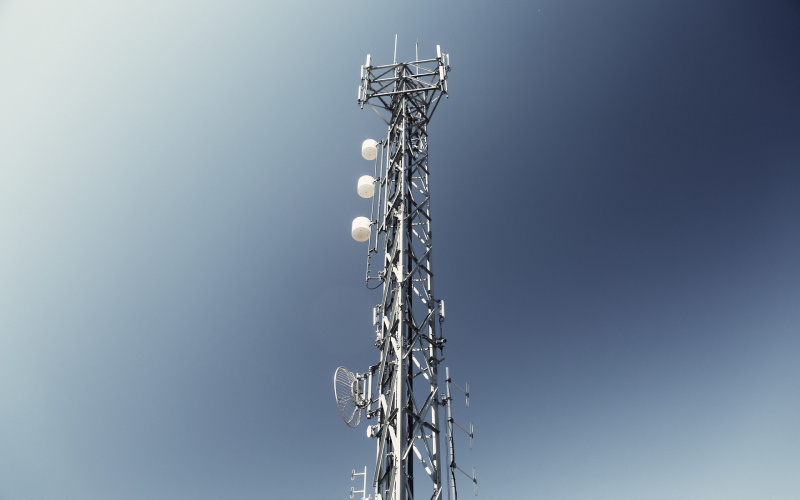
On 30th January 2023, the Telecom Regulatory Authority of India (“TRAI”) released the Consultation Paper on Regulating Converged Digital Technologies and Services – Enabling Convergence of Carriage of Broadcasting and Telecommunication Services (“CP’”) inviting public consultation on the same. The last date for the submission of comments was 27th March 2023 and the counter comments is 10th April 2023.
TRAI issued the CP to discuss concerns pertaining to the convergence of the telecommunication and broadcasting sector due to technological advancements. It specifically highlights that the difference in policy structure and regulatory framework for the regulation of telecommunication and broadcasting sectors is causing governance challenges, such as the requirement to obtain multiple licenses for the same technology, regulatory ambiguity with respect to the outcomes of converged technologies, and demarcated administration of the converged digital services. The CP has also touched upon the overlap among the telecommunication, broadcasting, and IT sectors.
The CP is divided into four chapters. The first chapter provides context for the need to regulate converged technologies. Chapter 2 provides the broad legal and regulatory framework for providing telecommunication and broadcasting services and the potential ways for restructuring the legal and regulatory framework to regulate such converged technologies. Further, chapter 3 deals with the issue relating to the establishment of a unified policy framework and spectrum management mechanism for broadcasting and telecommunication services. Chapter 4 of the CP discusses the developments that have taken place in different jurisdictions to bring about convergence in the telecom and broadcasting sectors, one such development being the convergence of regulatory authorities into a unified authority to govern the two sectors.
The CP demonstrates the prevailing discrepancies among the IT, telecommunication, and broadcasting sectors at statutory, licensing, regulatory, and administrative levels.
Issues faced in the Converged Era:
The CP while addressing the issue of convergence between the telecommunication and broadcasting sectors notes that to provide channels through IPTV, the licensees need to obtain Internet Service authorization granted under DoT’s Unified License, however, the content itself is regulated by MIB under the Cable Television Network (Regulation) Act, 1995 (“Cable Network Act”) and its Allied Rules. The CP suggests that instead of granting different licenses/permissions for broadcasting, the carriage part (as governed by the DoT), and content regulation (as governed by MIB), such activities can be made available as authorizations under a unified license through a modified converged Act.
The CP also recommends developing a single code for governing all communication services such as – traditional telecommunication services, broadcasting and TV services, IP-based communication services, OTT/Broadcasting services, Machine to Machine (“M2M”) communication services, and AR & VR communications. According to the CP, this converged code should govern the development, establishment, operation, and expansion of communication services, communication infrastructure, and for matters connected and incidental thereto. The CP observed that the convergence of these services at the statutory and administrative levels will help in the implementation of ease of doing business.
In the following chapter, the CP defines “telco cloudification” which refers to network functions being virtualized and optimized to be hosted in edge data centers. It states that this convergence of network and cloud computing will affect the manner in which telecommunication and broadcasting services are deployed. In this context, service delivery will be contingent upon the infrastructure deployed by both TSPs and Information Technology Enable Service (“ITeS”) providers. It further notes that in certain scenarios, ITeS providers and TSPs may not be two different entities. This would create serious challenges in achieving performance objectives or other regulatory provisions that are already in effect for telecom/broadcasting users. Consequently, the CP concludes that it is necessary to view convergence not only from a telecom and broadcasting perspective but in a holistic manner which would include both ITeS and the space sector.
The issues on which the CP sought comments included, inter alia, any suggested alternative licensing and administrative framework/architecture/establishment that facilitates the growth of telecom and broadcasting sectors while handling challenges being posed by convergence; whether there should be a separate comprehensive code to regulate the carriage of broadcasting and telecommunication services; whether issues of convergence (licensing, legal, and regulatory framework) should be addressed more holistically (which would include both ITeS and the space sector), etc.
Our Take
In lieu of converging technologies, TRAI recommends introducing a unified code for regulating services related to telecommunication, broadcasting, and ITeS. It states that multiple administrative authorities and ministries for the same converged technologies pose governance challenges. Although the CP does not seek to receive comments on OTT regulation, it frequently alludes to governing such OTT-based services through a common code (which includes regulation of both telecom and broadcasting sectors).
The CP suggests regulating OTT technologies along with TSPs and broadcasting players considering that OTT-based technologies provide overlapping functions.
However, it disregards the fact that TSPs and OTTs function in different layers (with OTT services operating in the “Application Layer” which in turn utilizes the “Network Layer” of TSPs). Therefore, OTT service providers depend on TSPs to provide their services and consequently, should not be subjected to the same regulation as TSPs, especially on the basis of the similarity in the use case. The position taken by TRAI in its CP is opposite to TRAI’s previous position where it recommended against regulation of OTT services, specifically noting that there is no requirement for regulation. It recognized the exponential growth of data traffic and service providers and it further recommended allowing market forces to respond to the situation concerning OTT regulation without prescribing any regulatory intervention.
This article was first published on Saikrishna&Associates

